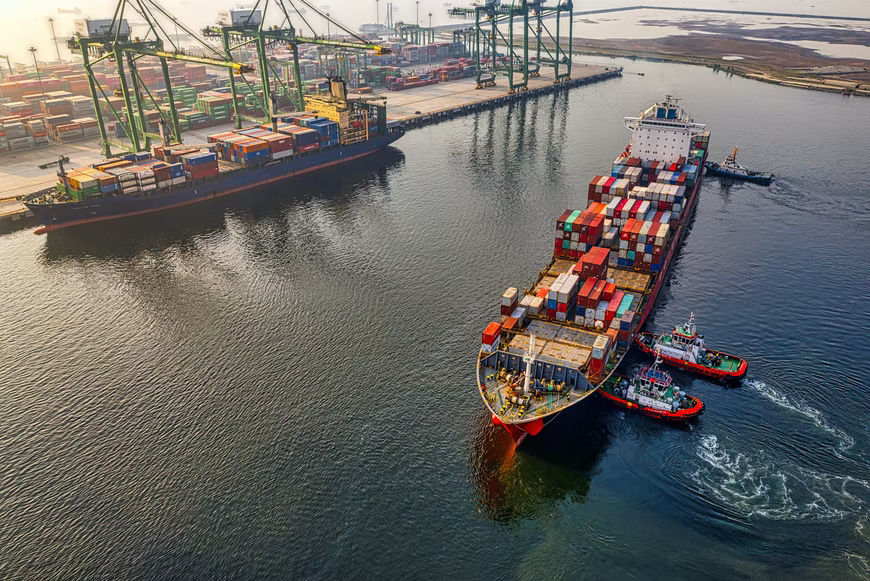Freight routes have been severely compromised by the ongoing conflict between Ukraine and Russia. One of the major headaches has been exporting Ukrainian goods, especially grains. In what has become a major logistical hassle for all involved, the situation demands the creation of newer pathways.
As per present arrangements, much of the traffic flows through the Romanian port of Constanta. By reasonable estimates, Ukraine has sent 80,000 tonnes of grain to the port city, with a similar volume of shipments to follow in the coming days. Although this spike in trade flows is likely to be profitable for the port itself, it has its own hassles. As per Odessa based consultancy firm, Informall:
“Each shipping line provides its instructions and individual requirements for containers destined for Ukraine which makes it even more challenging for freight forwarders working in a state of war. While containers are dwelling at Constanta container yard, vessels keep bringing more import boxes into the port.”
However, with Ukrainian navy guards closing shipping lanes due to the high concentration of mines across the Black Sea, alternative routes are being considered. In a relatively recent development, Romania has issued a tender to rehabilitate a Soviet-era train route to link the port of Gulati on the Danube to Ukraine. Yet hurdles remain. For instance, Ukrainian train networks use Russian gauge measuring roughly 10 cm wider than their European counterparts. However, Romanian Transport Minister Sorin Grindeanu expects the route to be ready within two months. Speaking to the Reuters, he stresses how, “This Danube port will become, alongside the port of Constanta, one of the key places in the region for transporting goods and raw materials.”
Such infrastructural projects across the Danube stand to benefit the Black Sea countries immensely by providing faster, easier access to and from Western Europe.







